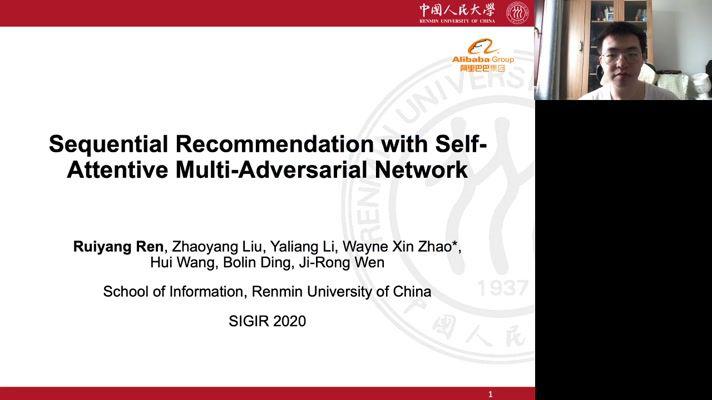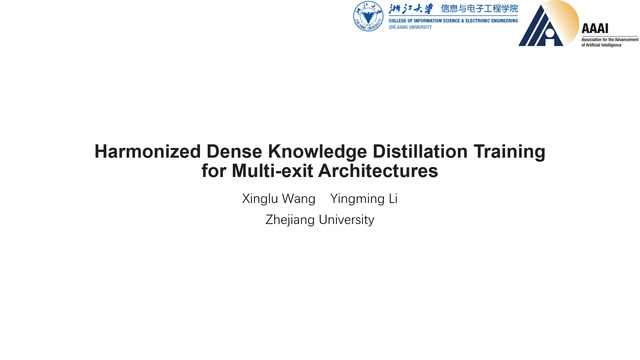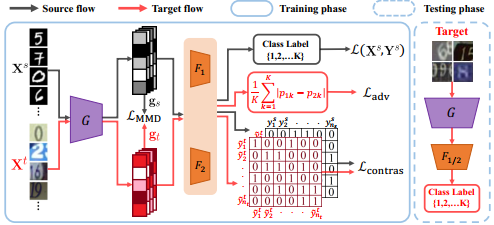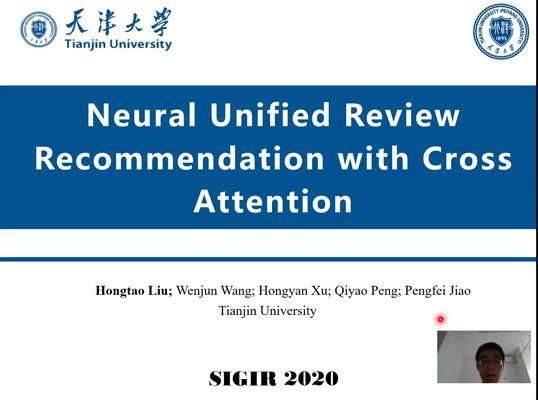Abstract:
Critiquing is a method for conversational recommendation that incrementally adapts recommendations in response to user preference feedback. Specifically, a user is iteratively provided with item recommendations and attribute descriptions for those items; the user may then either accept the recommendation or choose to critique an attribute to generate a new recommendation. A recent direction known as latent linear critiquing (LLC) takes a modern embedding-based approach that seeks to optimize the combination of user preference embeddings with embeddings of critiques based on subjective item descriptions (i.e., keyphrases from user reviews); LLC does so by exploiting the linear structure of the embeddings to efficiently optimize their weights in a linear programming (LP) formulation. In this paper, we revisit LLC and note that it’s score-based optimization approach inherently encourages extreme weightings in order to maximize predicted score gaps between preferred and non-preferred items. Noting that the overall end task objective in critiquing is to re-rank rather than re-score, in this paper we take a ranking optimization approach that seeks to optimize embedding weights based on observed rank violations from earlier critiquing iterations. We evaluate the proposed framework on two recommendation datasets containing user reviews. Empirical results demonstrate that ranking-based LLC generally outperforms scoring-based LLC and other baselines across a variety of datasets, critiquing styles, and both satisfaction and session-length performance metrics.









































